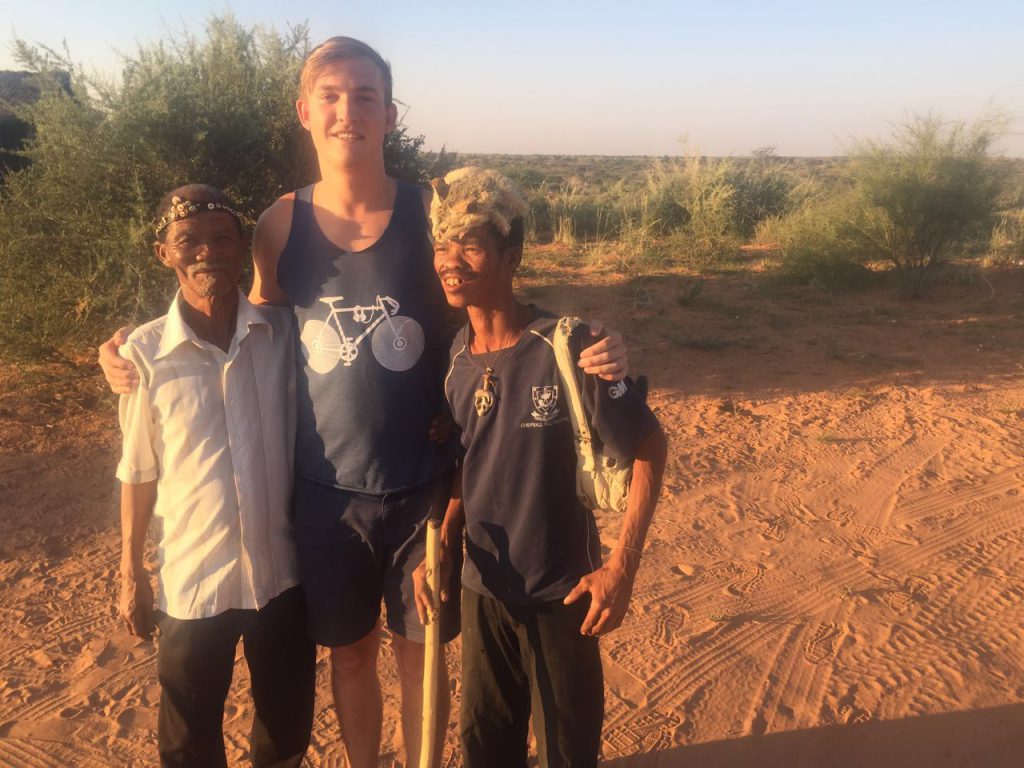Community Trusts
Three main ethnic groups live on our Namibian concession:
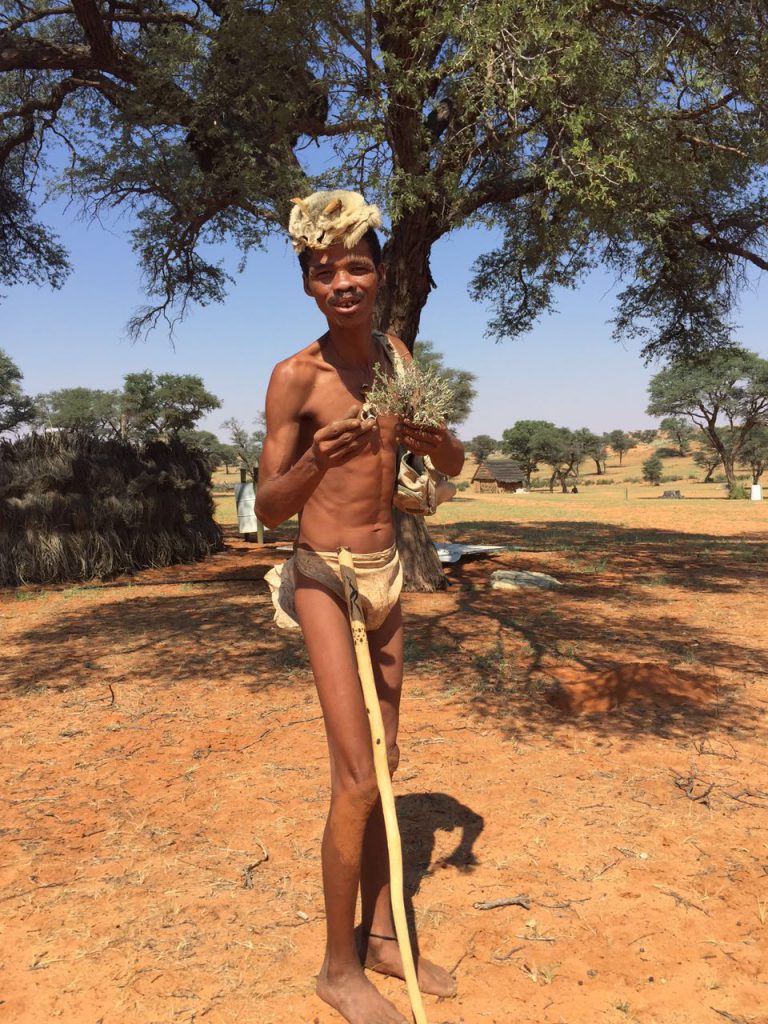
The San are considered to be the first people to inhabit the land that is now mostly Botswana, but spreads into the region of Namibia where the ANE concession lies, arriving there over 40 thousand years ago. Traditionally they were nomadic, but since the government’s ‘modernisation’ programmes carried out from the 1950s to the 1990s they have switched to farming. Their society is organised non-hierarchically, with women taking an almost equal part in consensus decision-making processes. Water is critical to the survival of the San in this arid environment, and they have developed a number of ingenious methods for maintaining access to water during drought periods. Buried ostrich eggs allow scarce subsurface water to accumulate, which is then sucked to the surface through a straw.
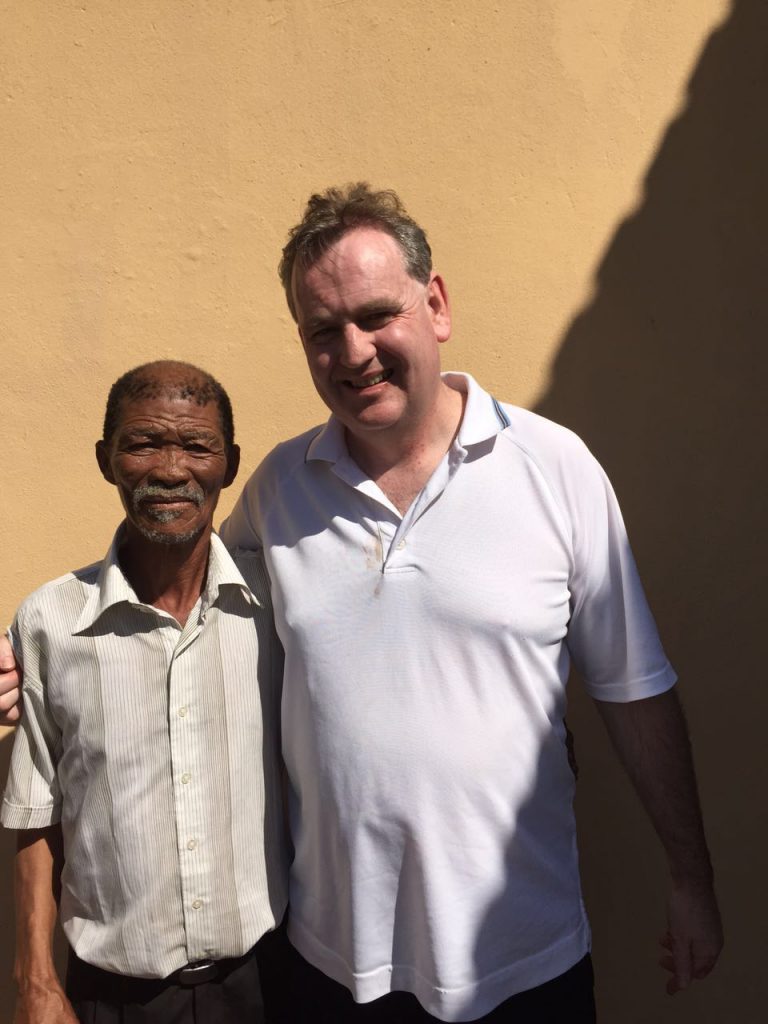
on the concession
The Herero are traditionally pastoralists and their society is based on ownership of cattle. Their language is part of the Bantu group, and they are believed to have migrated from further north, via east Africa where cattle were first introduced to their society. From the 16th century they migrated south-west to the land they now occupy, mostly within Namibia’s borders. Their numbers were decimated during the period of German colonial control around the turn of the 20th century. Their population has rebounded since and a quarter of a million now live in the Kalahari. The men of the tribe are responsible for herding and trading the cattle while the women milk them and make a sour milk drink called Omaere.
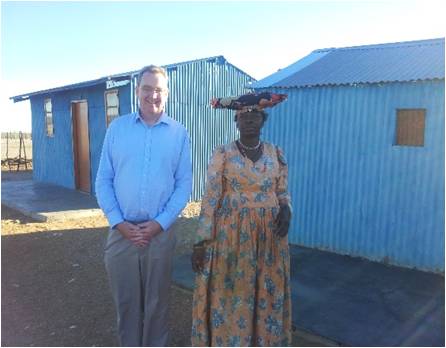
water well with hydrocarbon seepage
Today the Nama people mostly reside in the Richtersveld Transfrontier Park which spans the Namibia-South Africa border, but small groups still live to the north east of Namibia, on ANE’s concession. They united with the Herero in resisting German rule in the early 20th century, and were similarly massacred in retaliation. Their population has now recovered to 200,000 and many continue their thousands of years of tradition. Their marriage traditions stand out in particular, involving up to a year of complex ceremonies and negotiations that go back and forth between the bride and groom’s families. More recent additions to their culture include the dresses the Nama women wear; influenced by the Victorian era clothing of the European colonialists they came into contact with over the 18th and 19th centuries.
ANE have committed to allocate 15% of the company, in the form of 18m shares, to local communities. These will come out of the directors own shares and ensure that the local community is rewarded for their contribution to locating hydrocarbons, as well as sharing in our success. It will also help to align the interests of ANE and local stakeholders so that we maintain the strong local support we have enjoyed to date. The funds will be administered by ANE through two different community trusts; The Kalahari Community Trust and The San Community Trust. The local community will have complete control of how the funds are spent, allowing them to identify their own priorities.
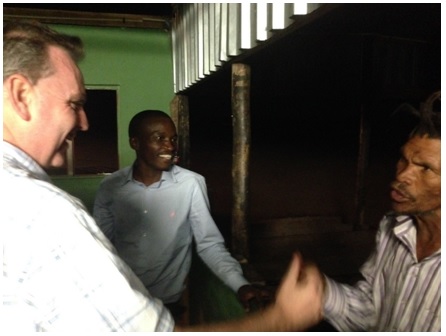
San community in a shebeen
